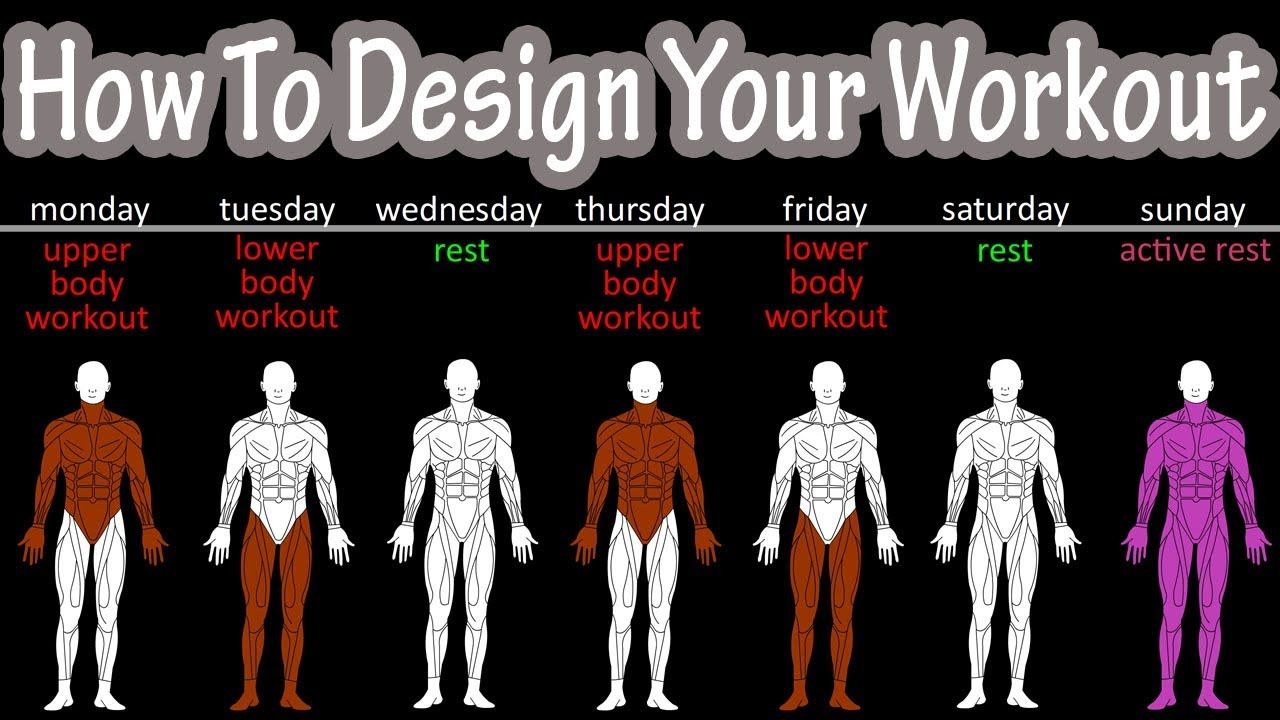Fitness is a crucial aspect of maintaining a healthy lifestyle. However, not all fitness routines are suitable for everyone. Each individual has unique needs, goals, and physical capabilities. That is why it is essential to create a personalized fitness routine that aligns with your specific requirements.
Assessing Your Fitness Level
Before starting any fitness program, it is important to assess your current fitness level. Begin by evaluating your cardiovascular fitness, muscle strength, endurance, flexibility, and body composition. This assessment will help you understand where you stand and identify areas that need improvement.
Tools such as heart rate monitors, body composition scales, and fitness assessment questionnaires can assist you in gathering the necessary data. Additionally, if you have any pre-existing medical conditions or injuries, consulting with a healthcare professional or a certified fitness trainer is highly recommended.
Setting Clear Goals
Once you have assessed your fitness level, it is time to set clear and realistic fitness goals. Having specific objectives helps you stay motivated and focused on working towards tangible results.
Your goals can be related to various aspects of fitness, such as weight loss, muscle gain, improved cardiovascular endurance, increased flexibility, or stress reduction. Remember to set both short-term and long-term goals to track your progress effectively.
Selecting Suitable Exercises
Choosing the right exercises is a critical step in creating a personalized fitness routine. It is essential to incorporate a combination of cardiovascular exercises, strength training, and flexibility workouts to achieve overall fitness.
Cardiovascular exercises, such as jogging, swimming, cycling, or dancing, are excellent for improving heart health and burning calories. Strength training exercises, including weightlifting, bodyweight exercises, or resistance band workouts, help build muscle and increase metabolism. Lastly, flexibility exercises like yoga or stretching routines enhance joint mobility and prevent injuries.
Creating a Schedule
Once you have determined the exercises you want to include, it is crucial to create a realistic schedule that fits your lifestyle. Consistency is key to achieving your fitness goals, so choose a routine that is sustainable and enjoyable for you.
Consider factors such as the time and days you can commit to exercising, your energy levels, and any potential time constraints. It is recommended to aim for at least 150 minutes of moderate aerobic activity or 75 minutes of vigorous aerobic activity per week, combined with strength training exercises at least two days a week.
Tracking Progress
To measure your progress accurately, it is essential to track your workouts and any changes in your fitness levels. Keeping a fitness journal or using fitness apps can help you monitor your adherence to the routine, record your exercise sessions, and track your improvement over time.
Regularly reassessing your goals and adjusting your routine accordingly is vital to stay motivated and continue challenging yourself. Celebrate your achievements along the way, and don’t get discouraged by temporary setbacks.
Staying Motivated
Maintaining motivation is crucial for sustaining a personalized fitness routine. Here are a few tips to help you stay on track:
Find an exercise buddy or join group classes to make workouts more enjoyable.
Reward yourself after reaching significant milestones in your fitness journey.
Vary your exercises to prevent boredom and challenge different muscle groups.
Listen to music or podcasts during workouts to keep yourself entertained.
Set reminders or create a visual calendar to stay accountable.
Make sure to get enough rest and prioritize self-care to avoid burnout.
Seeking Professional guidance
If you are unsure about creating a personalized fitness routine or need expert guidance, consider working with a certified personal trainer or fitness coach. They can provide professional advice tailored to your specific needs and help you optimize your workouts.
Conclusion
A personalized fitness routine is the key to reaching your health and fitness goals effectively. By assessing your fitness level, setting clear goals, selecting suitable exercises, creating a schedule, tracking your progress, staying motivated, and seeking professional guidance when needed, you can design a routine that fits your lifestyle and yields long-term results. Remember to prioritize your well-being, enjoy the process, and celebrate your accomplishments along the way!




